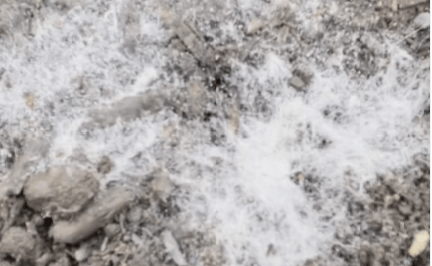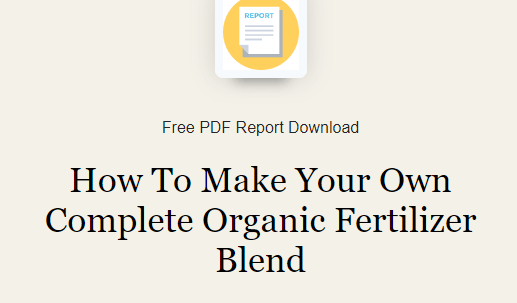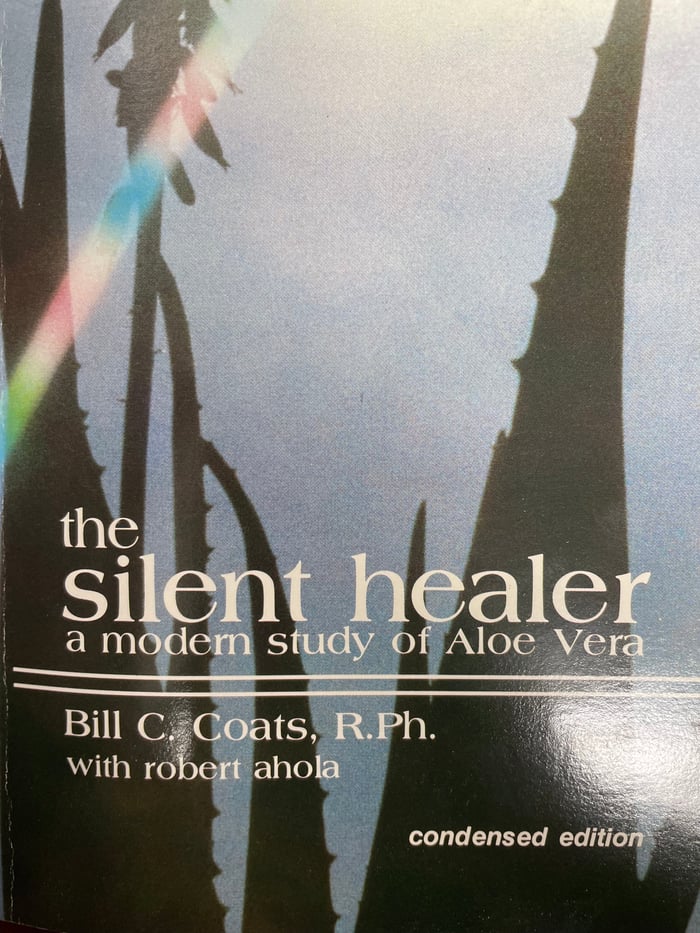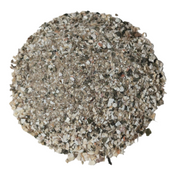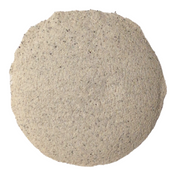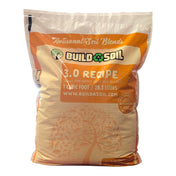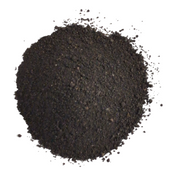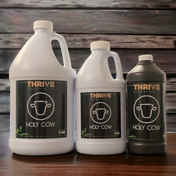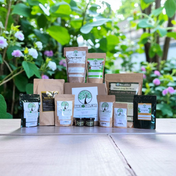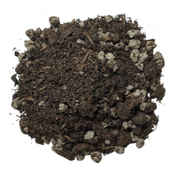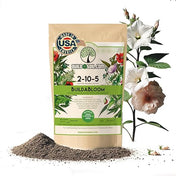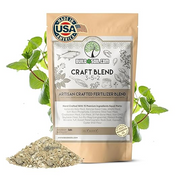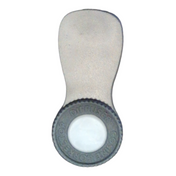Living Organic Soil is a soil made from scratch using premium compost, minerals, and rock dust, with an aim to keep it forever. It uses sustainable and natural ingredients like pumice instead of energy-intensive perlite and organic slow-release inputs for fertilizers. This allows plants to build a relationship with the soil and feed themselves as nature intended. Living Organic Soil growers avoid all fake organic inputs, which can include ingredients from non-organic and potentially toxic sources that still pass labeling standards. The founder of BuildASoil, Jeremy Silva, is on a mission to raise awareness about fake organics and provide cleaner products made outside of the traditional industry.
The Full Story:
Living Organic Soil is a name that came about in an effort to describe what we do in as few words as possible. Online, in the grow forums where gardeners from around the world would come to argue the finer nuances of growing indoors, there was often a desire to understand exactly how the other growers grew, this way if you were trying to learn about a specific method, you could see the results it was producing. When Living Organic Soil was first coming around, it just wasn't the same as normal, "soil."
To really explain what we meant it was a longer explanation something like,
I grow in soil that is made from scratch using lot's of premium compost that is alive along with copious amounts of minerals and rock dust that make this more like soil than the potting soil off the shelf. On top of that, we never throw our soil away and aim to keep it forever which means that we seek certain qualities in our soil making ingredients. Instead of Perlite which takes tons of energy to make and which floats around in the soil and disentegrates quickly, we chose Pumice which is a lightweight natural rock that comes from volcanoes and is significantly more sustainable and will last forever in our potting soil. Then when it comes to the "fertilizer" we only use organic inputs that slow release through the soil organisms that come from the compost. This allows the plant to build a relationship with the soil and feed itself just like nature intended. No longer do we have to be perfectly in control like hydroponic growers and instead we build a buffet of ingredients that feeds the soil and in turn feeds the plant. On top of this we use, cover crops, worms and mulch in an effort to mimic nature and produce the best results. It goes deeper than this, but from this explanation you can clearly see that it's not something easy to describe in just a few words. Eventually it seems the all encompassing phrase that stuck the most was, Living Organic Soil which eventually became the base for all container style, "No-Till Growing"
Here are some more rules, Living Organic Soil growers don't use fake organic inputs. What do I mean by "Fake?"
The National organic program that OMRI and others make labeling claims off of is based on approving products FOR use in organic farming, not approving that the product itself is organic. I know this seems like a small distinction but it's a big one.
Imagine you pick up a box of "Organic" plant food and decide to read the ingredients and they read: Cotton Seed Meal, Bone Meal, Blood Meal, Meat Meal, Feather Meal and Chicken manure.
Not one of those ingredients must come from an organic farm, we are talking GMO fed and toxic treatment of animals and all of the horrors you read about and none of those practices would effect this label. You see, Round up ready cotton sprayed with round up is considered fine for organic use once the cotton seed meal is ground up. The bones of the cows and pigs from traditional non-organic farms are considered fine for organic use once packaged up and sold. The feather meal and the chicken manure can come from the worst chicken farms on steady diet of soil depleting, GMO feed corn, and then be sold back to organic farmers.
You see, once this was all discovered by our founder Jeremy Silva, he started on a mission to obliterate fake organics and raise awareness while providing cleaner products made outside of the traditional industry.
Our original recipes were based off of the Clackamas Coots recipe and are available online along with our newest soil recipes that were designed from all we learned making the original.
How does Living Organic Soil compare to Super Soil?
Super soil was a term coined by SubCool and he and I became friends over the years before he passed away and we were working to implement many of the BuildASoil principles into his process. Unfortunately he passed away before it came to fruition and I admittedly took my time because of the politics involved in working with Sub, he was a character that's for sure, but he absolutely loved herb and growing in soil.
Super soil was designed to be mixed extra potent and that's why it's called super soil, it's super loaded with inputs and to overcome this excess, the method was to put the super soil in the bottom of the container and then layer regular potting soil on top, then transplant into the regular soil so that your plant go gently dip it's roots into the hot stuff. Over the years of discussing this on the forum, may of the natural growers mentioned that this was the opposite of nature. Nature has regular soil down deep and all of the nutrition is in the mulch layer up top where the feeder roots are. Turns out super soil works, but Living Organic Soil works better for all genetics because of the feeder root principle and top dressing. All in all, it took soil testing practices to bring Living Organic Soil up to its true potential. If you are interested in this type of content then you will love working with BuildASoil. We are truly passionate about all of these things and are happy to discuss it with anyone. Please Comment down below and let's get the conversation started. If questions are really good and stimulating we will even make a FAQ video from some of this content over on our Youtube series.
Check out our most popular recipe here:

